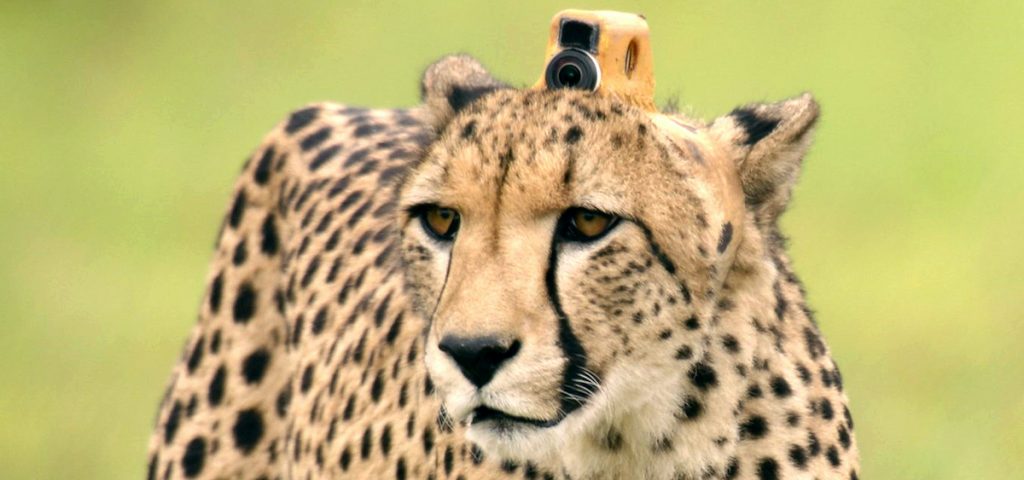Culture
Ohio University’s Cassidy Brauner Jarrahi speaks on the power of photography in time for WOUB-TV Jan. 19 premiere of PBS’ ‘Animals with Cameras: a Nature Miniseries’
By: Emily Votaw
Posted on:
In 2022, it’s easy to take for granted the power of a photograph. After all, just about everyone always has easy access to the equivalent of an advanced camera in the form of their smartphone.
It’s equally easy to forget that photographs have catalyzed radical societal and cultural changes many times throughout history. It doesn’t take a lot of looking to find numerous examples of photographs simply making it much more difficult for us to collectively turn a blind eye on difficult truths.
In the late 1800s and early 1900s, the United States began its rapid ascent to global economic superpower – however, this didn’t come for free. With the increase in industry came an increased need for labor, and according to data from The U.S. National Archives and Records Administration, that labor came overwhelmingly from children. Between 1890 and 1910, the number of children under the age of 15 who worked industrial jobs for wages exploded from 1.5 million to 2 million.
This created a grim reality for many children – one that Cassidy Brauner Jarrahi, Ohio University Interim Chair and Visiting Professor of Photography and Integrated Media, said the American public really needed to see to fully believe.
“Back in the early 1900s, during the industrial revolution, photographers like Lewis Hine were taking photos of children working in factories and the perspective of seeing what their actual lives were like shifted the entire culture,” she said. “We now have child labor laws largely due to the perspective of these images into somebody else’s lived experience. Historically there’s many cases in which a camera has changed something because we saw the perspective of someone else.”
PBS’ “Animals with Cameras: a Nature Miniseries” premieres on WOUB-TV Wednesday, January 19 at 8 p.m. ET, giving viewers perspective into the lives of animals such as sharks, koalas, and turtles with the help of customized cameras fitted to their bodies. Episode two of the series will air on Wednesday, January 26 at 8 p.m. ET.

Brauner Jarrahi hopes the series will shed light on the many stark realities faced by these animals.
“My gut tells me that these cameras are really going to give us access on a different level to climate crisis, to extinction issues, to lack of food and food scarcity issues,” she said. “I think there can be a lot of really impactful changes that come from footage from these animals.”
However, Brauner Jarrahi said photography has more than just the capacity for shedding light on difficult truths.
“I think it’s also important for us to see animals in moments of crisis so that we can reflect on what we’re doing, but it’s also really lovely to see animals in moments of joy, in moments of family, in moments of pleasure. It’s important that we see these animals as fully embodied beings,” Brauner Jarrahi said. “That way they’re not just like these things that need saving, but actually living, breathing, thinking, feeling beings.”

